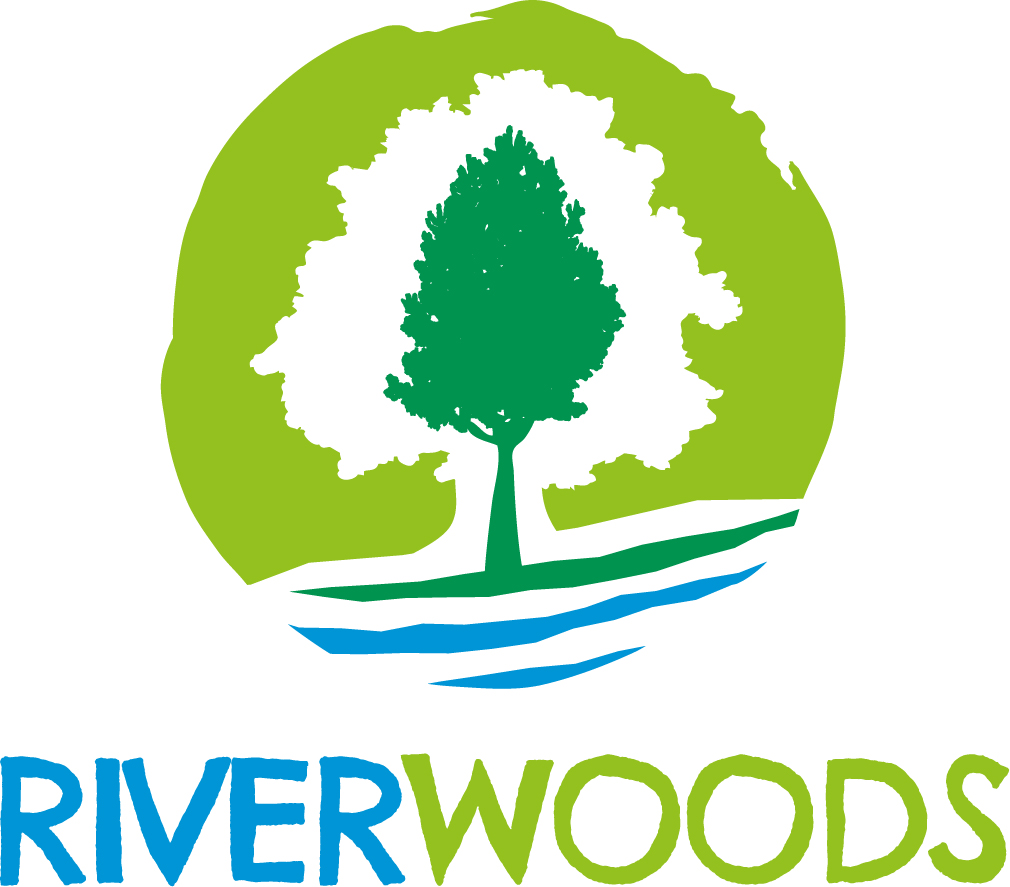Read the Full Response Here: FGS Riverwoods Recommendations
Summary of Asks:
1. Complexity and Support for Plan Production and Forestry Cooperation Fund (FoCo)
Streamline the application process with funding made available via, and integrated with, the FGS (Forestry Grant Scheme) application process for plan preparation and aid towards survey costs.
2. Value for Money Criteria (VFM)
Expand VFM scoring to recognise the wider benefits
3. Tree Planting Densities
Allow lower planting density option/s when environmentally beneficial to do so
4. Targeted Woodland
Implement revised target area mapping and enable minor changes to occur on an ongoing basis to enhance viability of schemes.
5. Enhanced Grant Rate
Offer significantly better uplift grant payments beyond 12.5% as financial incentives for riparian schemes. Remove the 50% eligibility rule to allow any areas within the recognized uplift area to be eligible for uplift payments and the equivalent area out with, if it is a connected native woodland compartment regardless of overall scheme size.
6. Fencing
Offer greater flexibility on deer fencing uplift grant rates taking into consideration individual scheme restrictions. Enable flexible standard fencing grant rates to address fluctuations in actual capital cost
7. Stock Watering and Water Gates
Make stock watering and water gates an eligible cost under FGS
8. Agri-Environment Climate Scheme (AECS) Grazing Anomaly
A derogation of the Agri-Environment Climate Scheme (AECS) occasional grazing condition to allow trees and riparian edge vegetation to fully establish.
9. Basic Payment Scheme (BPS)
Continue to allow the Basic Payment Scheme to be claimed on areas of land under the Forestry Grant scheme (FGS) or the Agri-Environment Climate Scheme (AECS) but also on schemes delivered outwith FGS and AECS funding
10. Maximising External/Private Finance
Adjust the administration systems to allow variable FGS grant rates to lever in more private finance and lower cost to the taxpayer
11. Forestry and Water Guidelines
Produce better and more positive guidance to ensure maximum benefit is achieved.
Instruct Forestry Scotland to ensure officers interpret guidelines to obtain maximum benefit for riparian areas.
